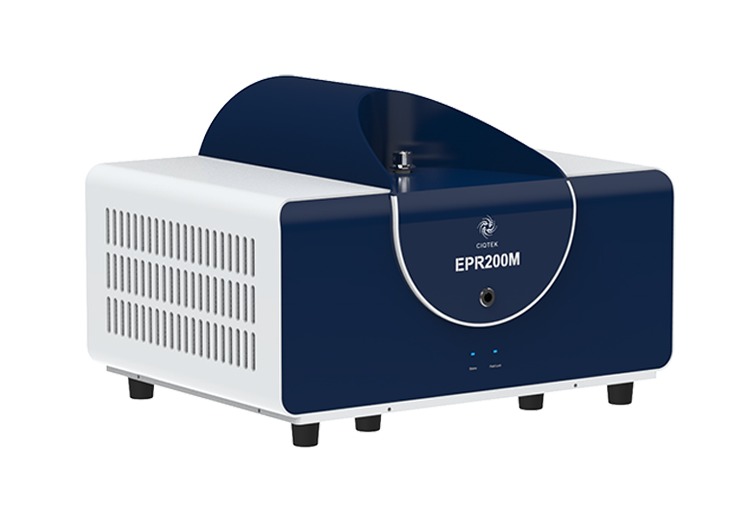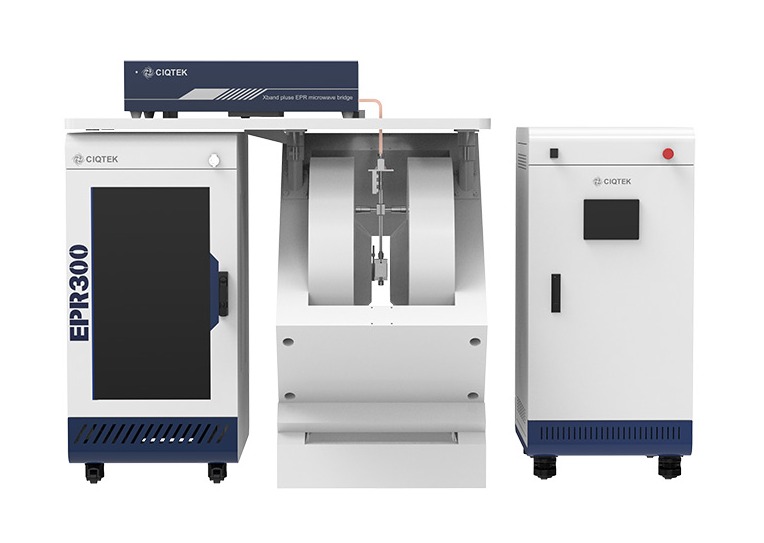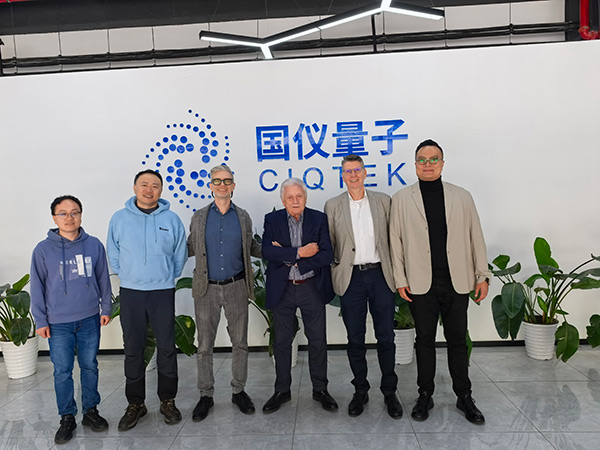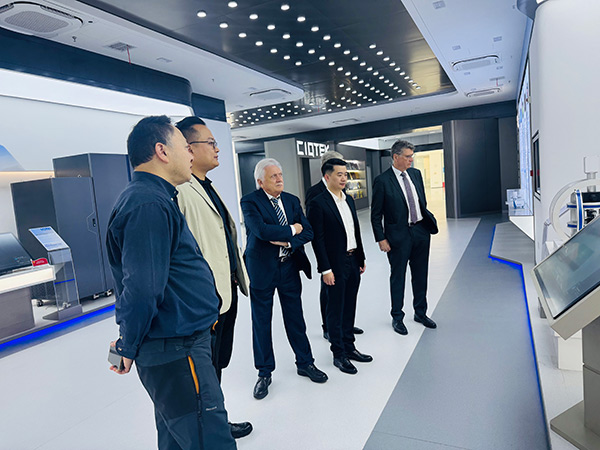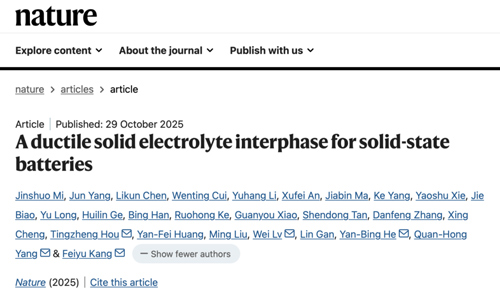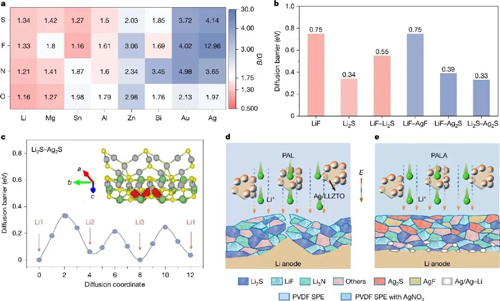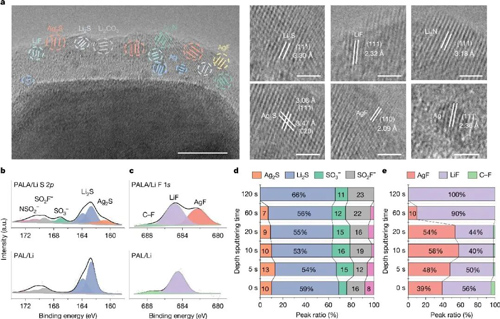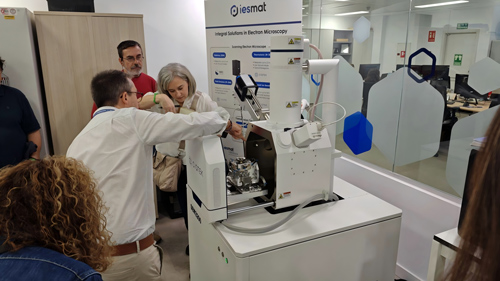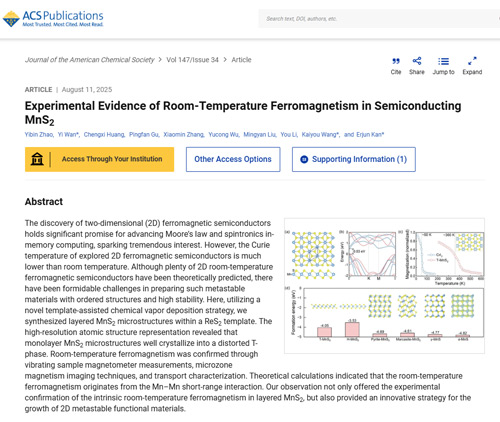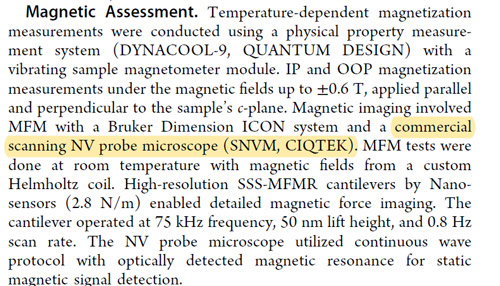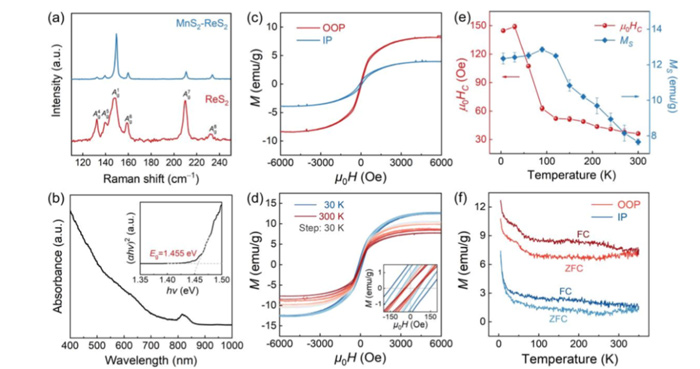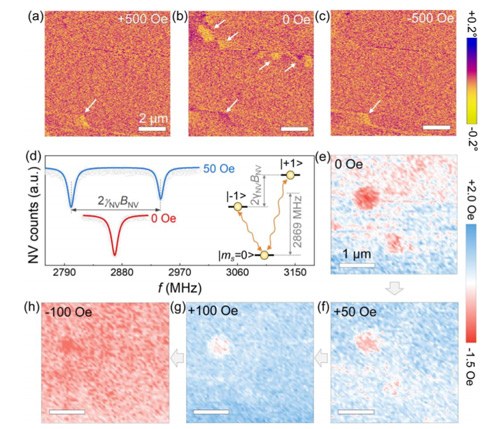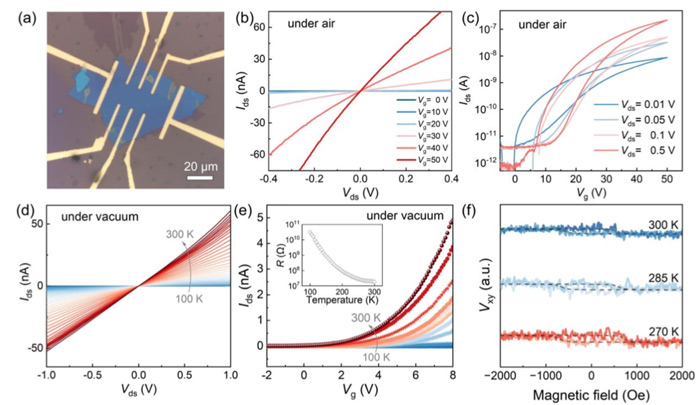Understanding EPR Spectrometer Prices
When planning an EPR spectrometer purchase, one of the most common questions is how much it costs. Prices vary depending on system type, sensitivity, temperature control, and automation. By understanding what factors influence cost, labs can make informed decisions for upgrades or new installations.
Typical Price Ranges
Price range: USD 30,000 to 90,000
These systems are ideal for teaching, routine analysis, quality control, and research with moderate field strength and spectral resolution requirements. Features often include permanent magnets, limited variable temperature range, simplified user interface, smaller footprint, and lower power consumption. Typical applications include materials quality checks, polymer stabilization studies, and catalysis screening.
Price range: USD 150,000 to 500,000
Research-grade systems are widely used in chemistry, physics, materials science, and life sciences. Key factors influencing price include magnet type, bridge sensitivity, temperature control, resonator choice, and automation software. Labs upgrading from older models usually see price increases when adding low-temperature capabilities or high-sensitivity resonators.
High-Frequency and Pulsed EPR Systems
Price range: USD 500,000 to 1,500,000
High-frequency and pulsed systems offer enhanced sensitivity and time-resolution performance. Microwave stability, resonator design, cryogenic options, and power amplification influence price. These systems are used for advanced research, including spin dynamics and radical pair mechanisms.
Factors That Affect EPR Cost
Magnet architecture influences field stability and sweep range. Permanent magnets are cost-effective, while superconducting or electromagnets increase price.
Temperature control adds cost depending on the N₂ or He variable temperature options. Helium cryostats increase initial and maintenance expenses.
Microwave bridge and resonator sensitivity are major cost drivers. Higher sensitivity components can raise system price by tens of thousands of dollars.
Automation and software reduce experiment time and training requirements. Modern systems with guided workflows are valuable for multi-user labs.
Service and upgrades should be considered in the total ownership cost. Older systems may have discontinued parts and higher maintenance expenses.
Example Lab Budget
A materials lab studying catalytic radicals at liquid nitrogen temperatures may consider two options. A base X-band system with nitrogen variable temperature costs roughly USD 180,000 to 260,000. Adding helium variable temperature and a high-sensitivity resonator can raise cost to USD 300,000 to 450,000. Many labs choose a staged investment approach to optimize performance and budget.
Why CIQTEK Offers Competitive EPR Solutions
As more researchers compare suppliers, many are finding that modern instrument design can deliver high-end sensitivity at more accessible budgets.
CIQTEK X-band EPR systems provide high performance at a competitive price. They feature high-sensitivity resonators, stable microwave bridges, nitrogen and helium variable temperature compatibility, and user-friendly interfaces. Labs upgrading from legacy EPR systems benefit from modern electronics architecture, lower maintenance, and faster delivery.
CIQTEK benchtop EPR systems are portable, easy to use, and affordable. Compact permanent magnet design, high signal stability, and desktop-friendly operation allow teaching labs and quality control facilities to adopt EPR without large-scale infrastructure or high maintenance costs.

Choosing the Right EPR System
EPR spectrometer costs vary, but the right choice depends on frequency band, temperature requirements, sensitivity needs, upgrade plans, and service budgets. Modern systems, especially CIQTEK EPR solutions, make advanced EPR more accessible, providing high sensitivity and reliable low-temperature operation at reasonable prices.




